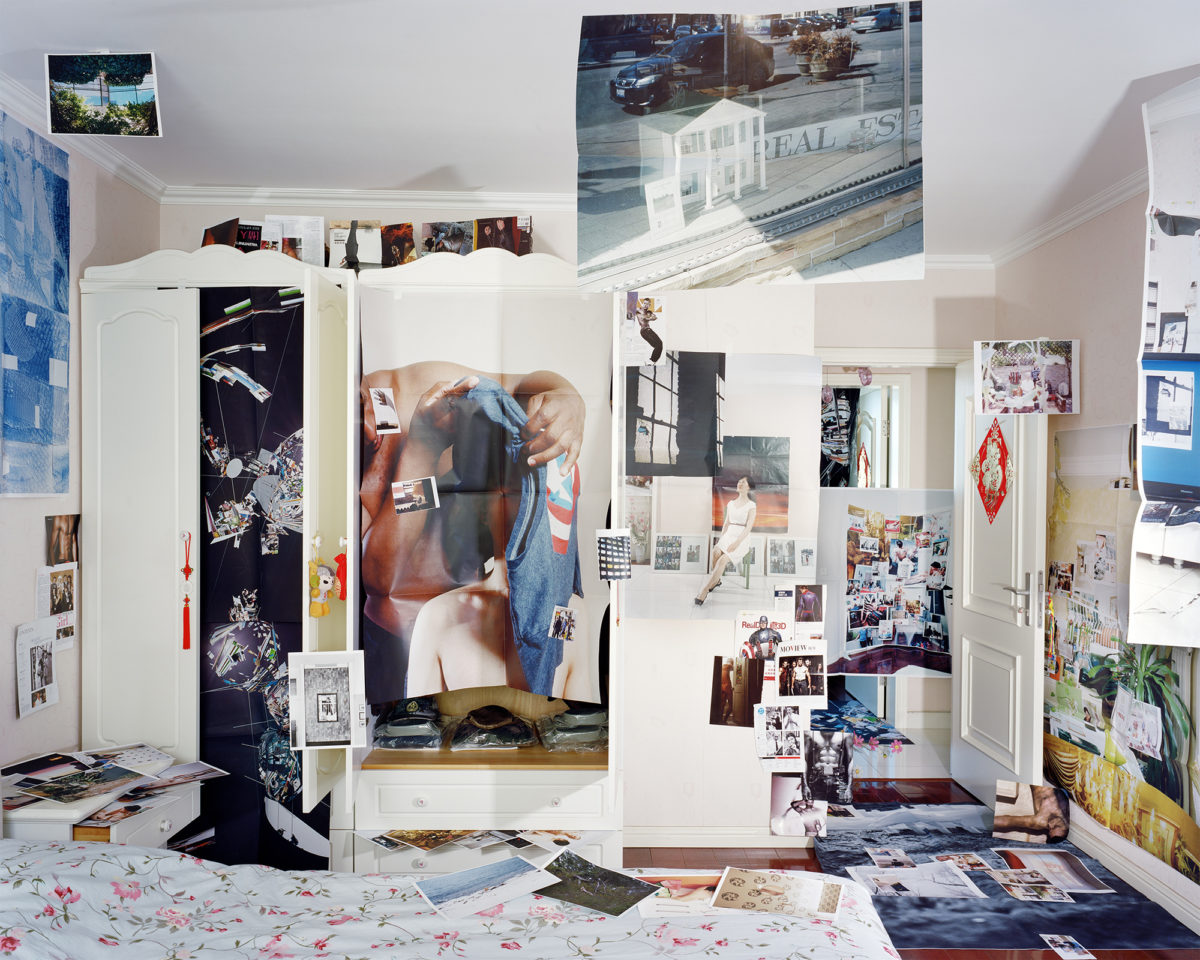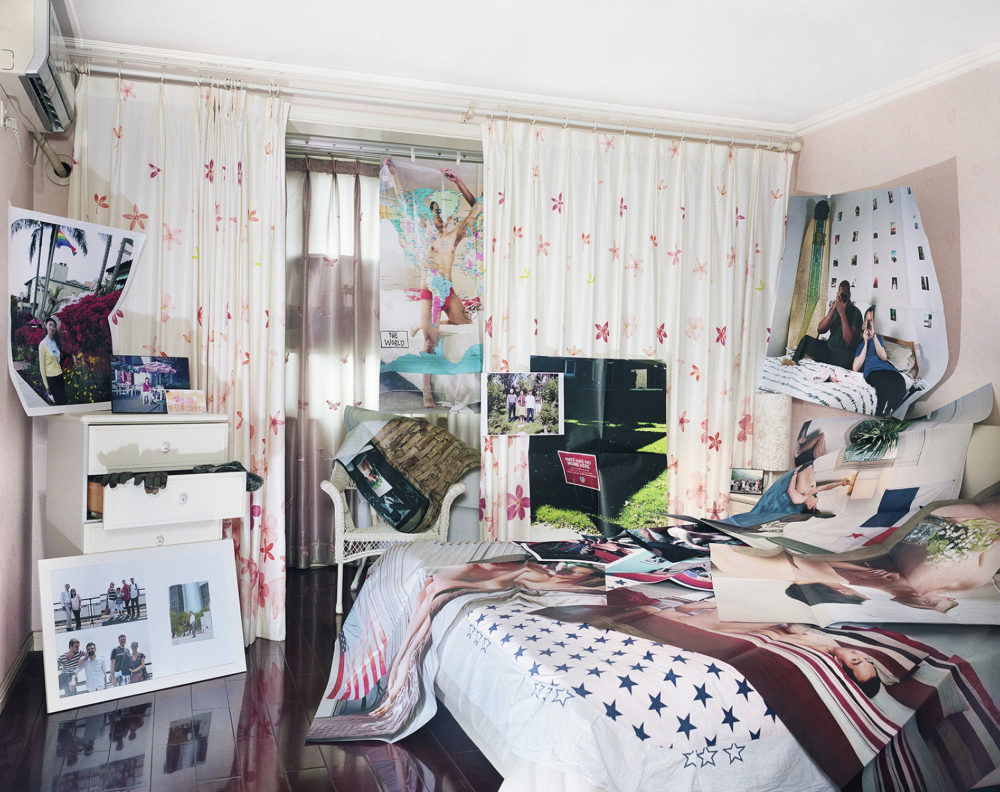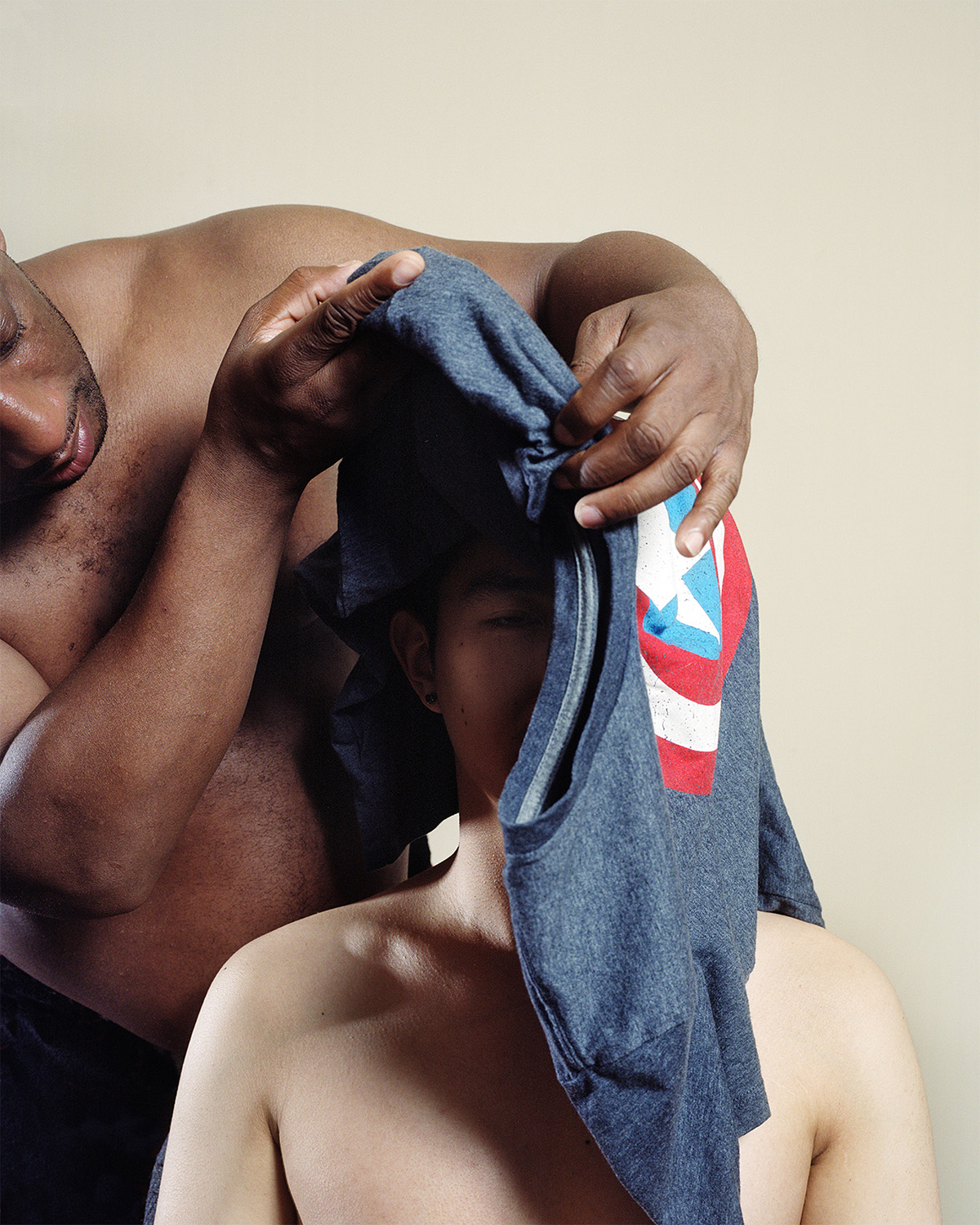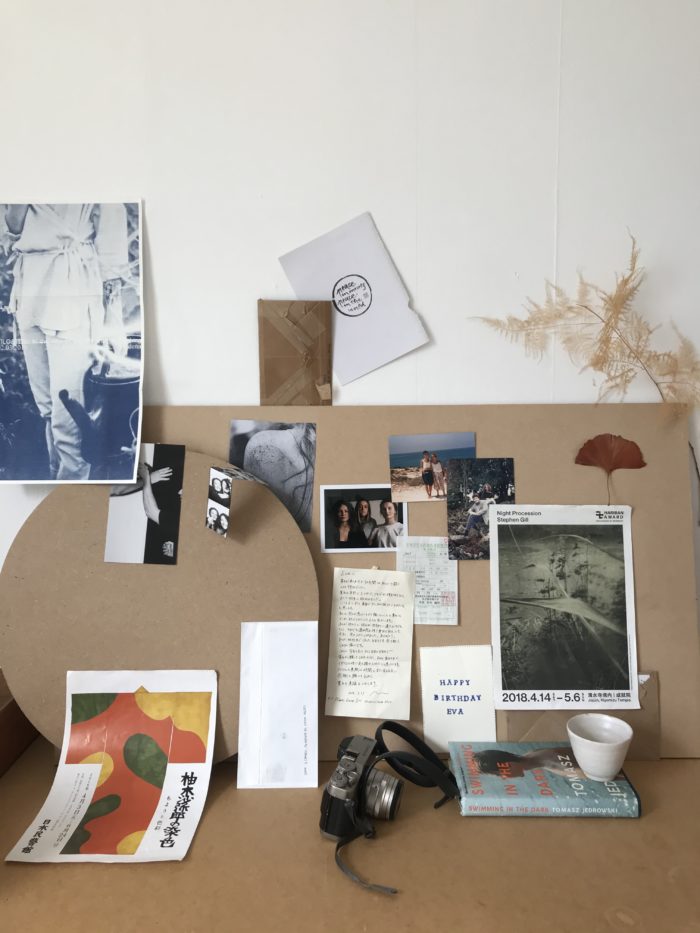
©Guanyu Xu, Removal, 2018, from the series Temporary Censored Home, Courtesy of the Artist and Yancey Richardson Gallery

© Guanyu Xu, Parents Bedroom, 2018, from the series, Temporarily Censored Home. Courtesy of the Artist and Yancey Richardson Gallery

© Guanyu Xu, Removal, 2018, from the series, One Land To Another. Courtesy of the Artist and Yancey Richardson Gallery



